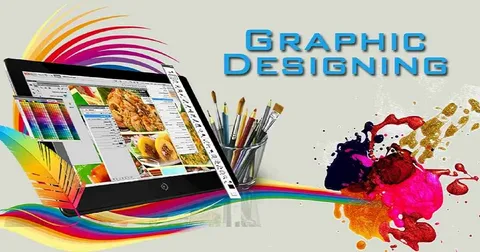introduction
Graphic design is a vibrant mix of cultural creativity and strategic communication. It’s the art of visually communicating ideas, dispatches, and information through a combination of images, typography, and layout ways. In a world impregnated with visual stimulants, graphic design serves as a important tool to allure, inform, and inspir
elaboration of Graphic Design
The roots of graphic design can be traced back centuries, from ancient delve oils to illuminated calligraphies during the Middle periods. still, it was n’t until the Industrial Revolution that graphic design began to take a more structured and professional form.
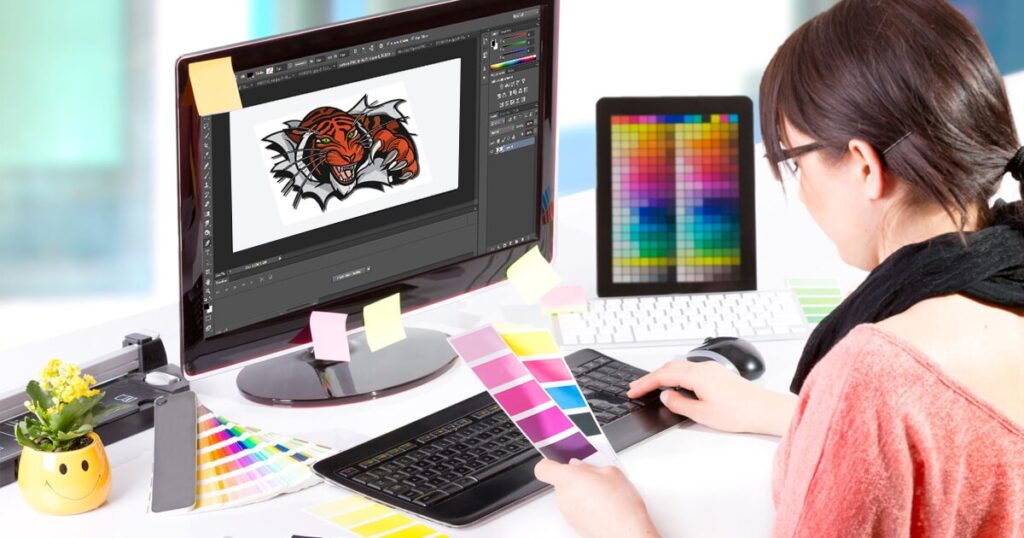
With the arrival of publishing technology, contrivers like William Morris and the Bauhaus movement settlers embraced new styles and testaments, shaping the fundamentals of ultramodern graphic design. From bills to ensigns, the discipline evolved into a foundation of advertising, branding, and visual liar.
rudiments of Graphic Design
ypography sources, typefaces, and letterforms play a pivotal part in conveying feelings, setting the tone, and enhancing readability. Color Theory Understanding the psychology of colors and their combinations enables contrivers to elicit specific feelings and convey dispatches effectively.
Layout and Composition The arrangement of rudiments on a runner or screen dictates the inflow of information and impacts how observers perceive the design. Imagery and Iconography Visual rudiments, illustrations, and icons add depth and environment, enhancing the overall visual narrative.
operations of Graphic
Branding ensigns, color schemes, and visual individualities are necessary in shaping brand recognition and perception. Advertising From billboards to digital advertisements, graphic design drives flashing juggernauts, attracting attention and encouraging engagement. Web Design stoner interface( UI) and stoner experience( UX) design heavily calculate on graphic rudiments to produce intuitive and visually appealing digital gests. Graphic Design

. publish Design Magazines, leaflets, bills, and packaging influence graphic design to communicate dispatches effectively in palpable formats
The part of a developer
A graphic developer wears numerous headdresses they’re problem solvers, fibbers, and visual agents. Their process involves researching, conceptualizing, sketching, and repeating to produce designs that reverberate with the intended followership
Collaboration with guests, understanding their vision, and rephrasing it into compelling illustrations is a hallmark of a professed visual develope
Trends and inventions
The geography of graphic design is continually evolving, told by societal shifts, technological advancements, and creative inventions. Some recent trends include Minimalism Embracing simplicity and clean design aesthetics to convey dispatches shortly
Motion Graphics exercising vitality and movement to enhance liar in digital mediums. Responsive Design conforming designs seamlessly across colorful bias and screen sizes for optimal stoner experience.
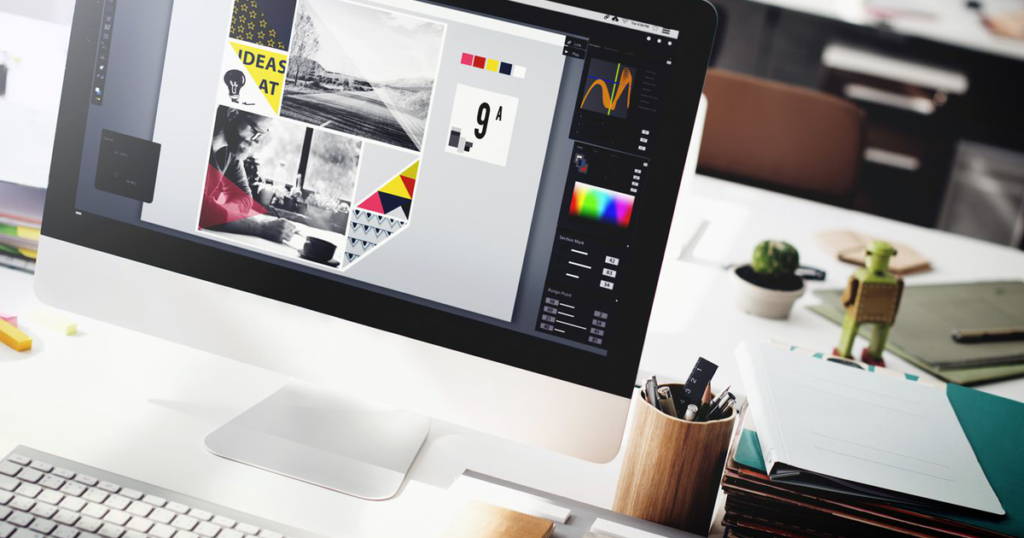
Ethics in Graphic
With great design power comes great responsibility. Contrivers have a responsibility to produce immorally and courteously, considering the impact of their work on society, culture, and the terrain.
Ethical considerations include issues like diversity representation, availability, and the responsible use of conclusive design ways.
graphic design examples
Graphic design encompasses a wide array of creative visual communication. From sleek corporate logos to vibrant posters, there’s a multitude of examples that showcase its versatility and impact. Think of iconic logos like the timeless simplicity of the Apple logo or the dynamic, swooshing Nike emblem—these designs instantly convey a brand’s identity and values. In editorial design, magazines like National Geographic captivate with stunning layouts, merging text and visuals seamlessly.
Then there’s the world of advertising, where billboards come alive with captivating imagery and concise messaging, compelling us to take notice. And not to forget web design, where intuitive interfaces like those of Airbnb or Spotify engage users effortlessly. Graphic design constantly evolves, pushing boundaries and leaving its mark in every facet of our visual landscape.
design courses
design courses offer a dynamic and comprehensive exploration into the art of visual communication. These courses typically delve into the fundamentals of design principles, typography, color theory, and layout techniques. Students often learn how to use industry-standard software like Adobe Photoshop, Illustrator, and InDesign, gaining hands-on experience to create captivating visuals
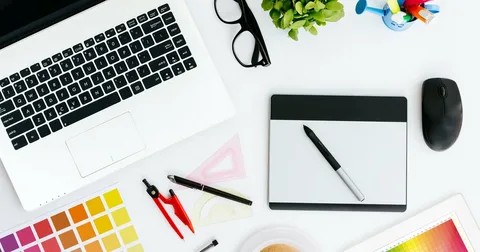
. Moreover, they explore the historical and cultural aspects of design, understanding how trends and movements have shaped the field. Many courses emphasize project-based learning, allowing students to apply theoretical knowledge to real-world scenarios, whether designing logos, branding materials, websites, or advertisements. Additionally, some programs cover topics like user experience (UX) design, motion graphics, and digital illustration, reflecting the diverse and evolving nature of the graphic design profession
. Overall, these courses equip aspiring designers with the skills, creativity, and critical thinking necessary to thrive in this visually-driven industry.
graphic design software
Graphic design software serves as the backbone of creative expression in the digital age, empowering designers to bring their visions to life. Tools like Adobe Creative Cloud, including Photoshop, Illustrator, and InDesign, dominate the industry due to their versatility and robust capabilities.
Photoshop enables intricate photo editing and manipulation, while Illustrator excels in vector-based graphic creation, ideal for logos and illustrations. InDesign specializes in layout design for publications, allowing seamless integration of text and visuals. Other software like Affinity Designer and Procreate offer competitive alternatives, providing powerful tools for both professional and aspiring designers.
Moreover, emerging platforms often focus on specific niches, such as Sketch for interface design or Blender for 3D modeling and animation. The continuous innovation in graphic design software caters to diverse creative needs, facilitating the design process and pushing the boundaries of visual storytelling.
graphic design website
Graphic design websites serve as digital showcases, educational resources, and community hubs for designers worldwide. Platforms like Behnke and Dribble act as virtual galleries, where designers display their portfolios, allowing peers and potential clients to explore their work.
These websites often inspire with a wealth of diverse projects, providing insights into trends, techniques, and innovative approaches to design challenges. Additionally, educational platforms like Canvas Design School or Adobe’s tutorials offer a wealth of resources, from beginner-level tips to advanced techniques, fostering continuous learning and skill development.
Forums and communities within these sites facilitate networking, collaboration, and feedback exchange among designers, creating a supportive environment for growth and improvement. Ultimately, graphic design websites play a pivotal role in connecting, educating, and showcasing the immense creativity within the design community.
graphic designer freelance
Freelance graphic designers enjoy the freedom to curate their careers, shaping their work around personal passions and professional aspirations. Operating independently, they have the flexibility to choose projects that align with their interests, working with diverse clients across industries, from startups to established brands.
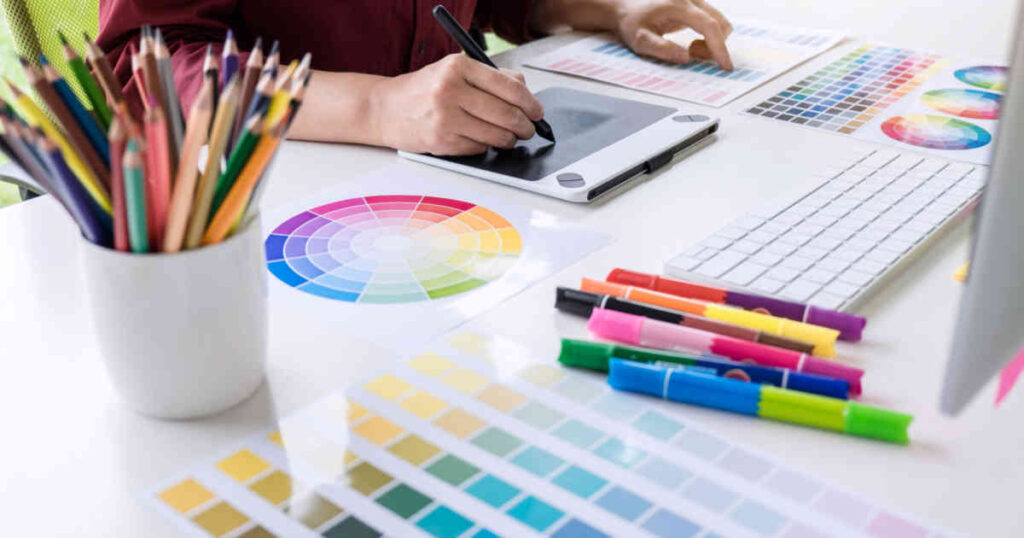
This autonomy allows for a varied portfolio, fostering creativity and honing a broad skill set as they navigate through different design challenges. However, freelancing demands more than just design expertise—it requires business acumen, time management, and self-discipline to handle client communication, project deadlines, and financial aspects such as invoicing and marketing. Yet, the allure of setting their own schedules, working remotely, and cultivating a unique artistic identity often draws graphic designers to freelance work, enabling them to craft a fulfilling and personally rewarding career path.
graphic design software
Graphic design software stands as the cornerstone of creative expression in the digital realm, offering designers an expansive toolkit to bring their visions to life. Widely used programs like Adobe’s suite—Photoshop, Illustrator, and InDesign—dominate the industry for their robust capabilities.
Photoshop allows intricate photo editing and manipulation, while Illustrator specializes in vector-based graphics, ideal for logos and illustrations. InDesign excels in layout design for publications, seamlessly integrating text and visuals.
Additionally, software like Affinity Designer and Procreate provide formidable alternatives, catering to various design needs. Emerging platforms, such as Sketch for interface design or Blender for 3D modeling, cater to specific niches, diversifying the creative possibilities. These software solutions continue to evolve, offering sophisticated tools that empower designers to push boundaries and craft compelling visual narratives.

FAQS
Which type of graphic design is best?
Visual Identity Graphic Design: …
Marketing & Advertising Graphic Design: …
User Interface Design: …
Publication: …
Packaging Design: …
Motion Design: …
Environmental: …
Art & Illustration:
What is the qualification for graphic design?
For most entry-level and advanced graphic design positions, you will need a minimum of a bachelor’s degree from an accredited university, college, or private design school. However, if you are seeking an associate’s degree, you can obtain your certification from a variety of schools.06-Nov-2023
What is graphic design example?
Graphic design is the practice of composing and arranging the visual elements of a project. Designing the layout of a magazine, creating a poster for a theatre performance, and designing packaging for a product are all examples of graphic design.12-Jun-2023
How graphic design works?
Graphic design is a craft where professionals create visual content to communicate messages. By applying visual hierarchy and page layout techniques, designers use typography and pictures to meet users’ specific needs and focus on the logic of displaying elements in interactive designs, to optimize the user experience.
